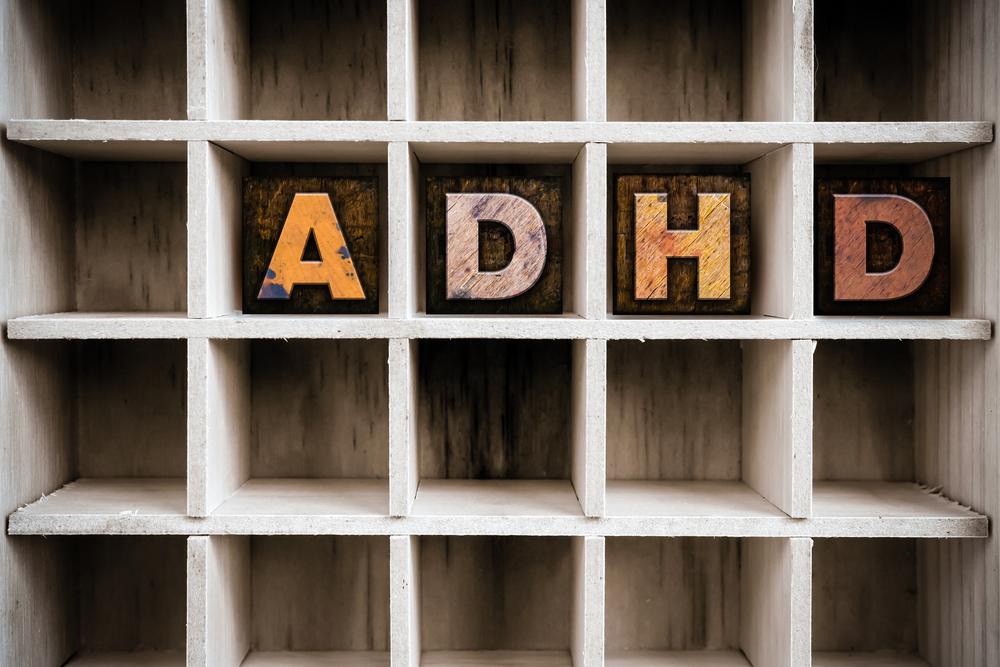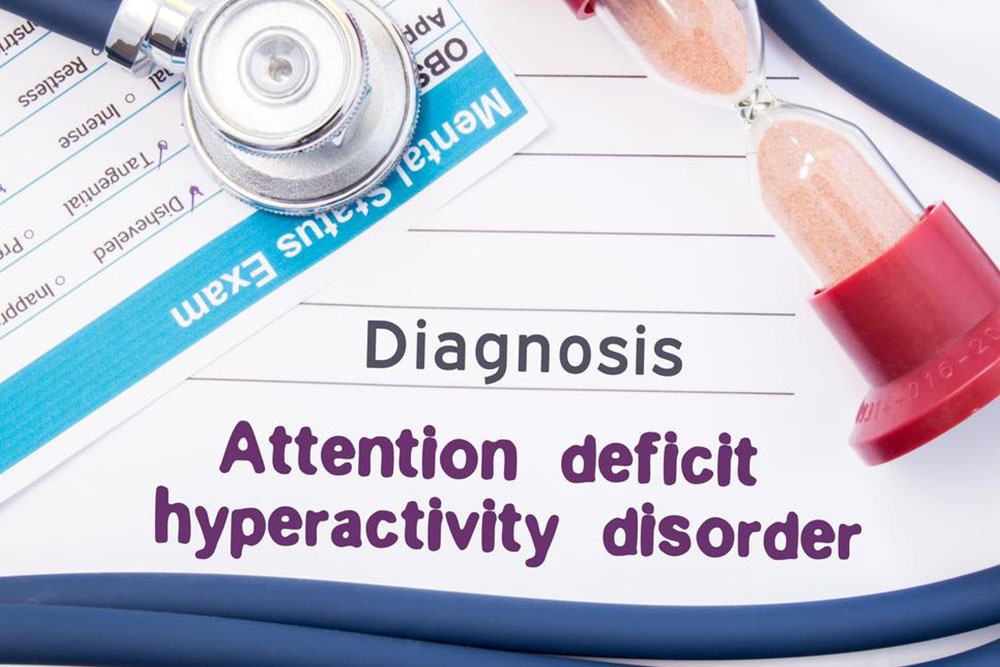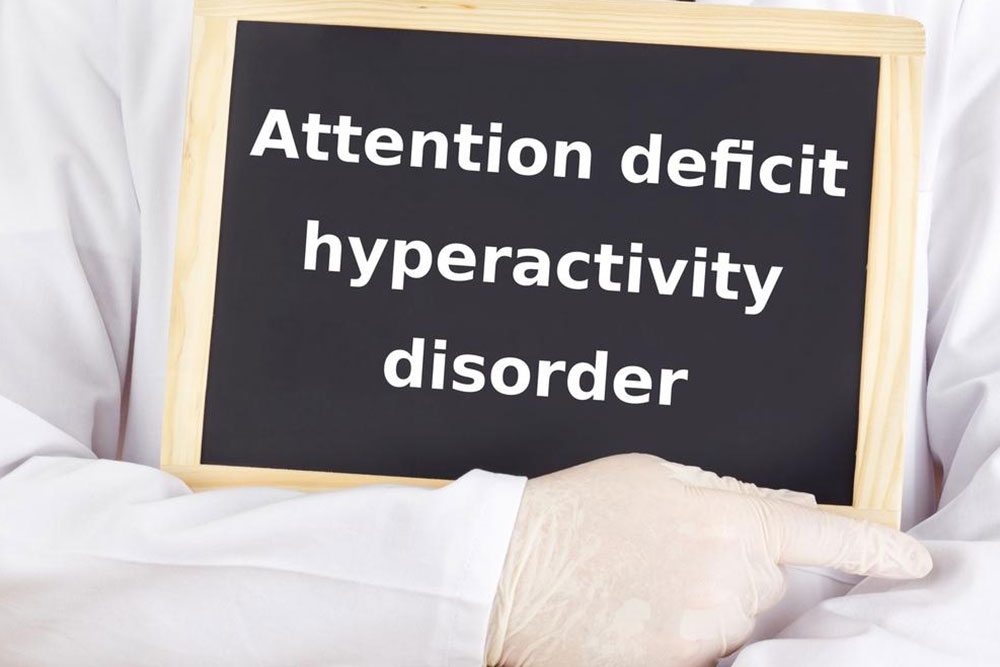Understanding the Different Forms of ADHD
This article explains the three main types of ADHD—Inattentive, Hyperactive-Impulsive, and Combined—detailing their symptoms and prevalence. Understanding these categories is essential for accurate diagnosis and tailored treatment. ADHD affects individuals differently, and recognizing these differences can improve management strategies for both children and adults.
Sponsored

ADHD manifests uniquely across individuals. According to the American Psychiatric Association, there are three main subtypes of ADHD, each requiring tailored treatment based on specific symptoms. While hyperactivity is commonly associated with ADHD, some individuals may experience the disorder without prominent hyperactive behaviors. Let’s explore the three distinct types of ADHD to better understand their characteristics.
1) Predominantly Inattentive Type—Individuals with this subtype mainly struggle with attention, frequently making errors, having difficulty organizing tasks, and following detailed instructions. They often misplace items, become easily distracted, and forget things. This form is more common among adults than children and tends to be observed more in boys than girls.
2) Hyperactive-Impulsive Type—This subtype is characterized by hyperactivity and impulsiveness. It is more frequently diagnosed in children than in adults, and more common in boys than girls. Children with this form often constantly want to move and struggle with controlling impulses. Unlike the inattentive type, attention issues are less prominent, making diagnosis relatively straightforward.
3) Combined Type—The most prevalent form of ADHD, this type exhibits symptoms of both hyperactivity-impulsiveness and inattention. Individuals with this diagnosis display six or more symptoms from both categories.





